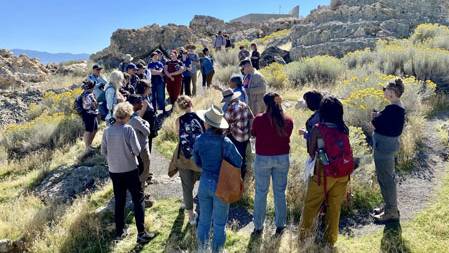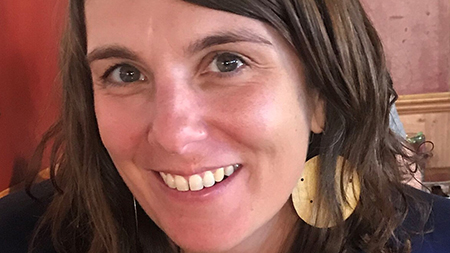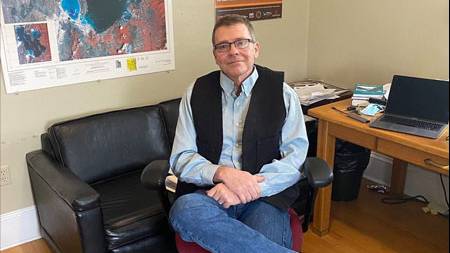
Ayja Bounous grew up at the base of Little Cottonwood Canyon in the Wasatch Mountains of Utah, where the rhythmic pulse of the seasons was as much a part of life as breathing. It was not until her adult years, however, that she realized how her whole world revolved around Wasatch snow—from the places she loved, to the activities that she enjoyed doing, to the relationships in her life. She earned a Master's of Arts in Environmental Humanities from the University of Utah in 2017, and went on to publish her master’s thesis, Shaped by Snow: Defending the Future of Winter, with Torrey House Press in 2019.




